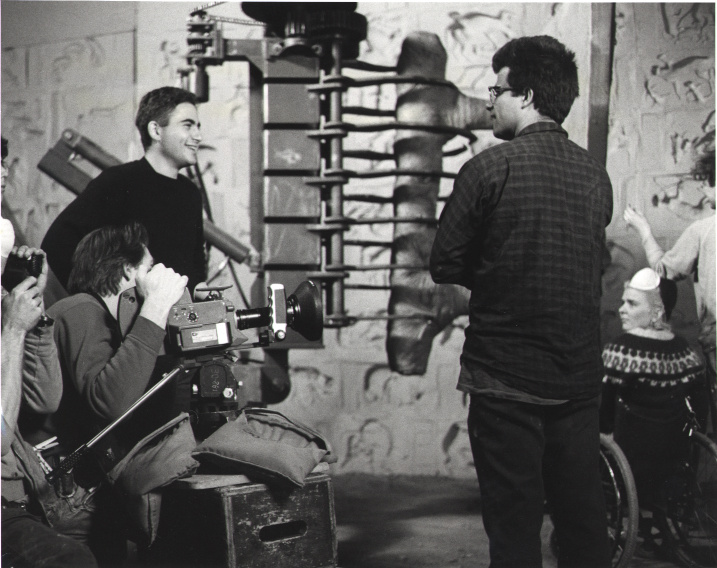A BITTER MESSAGE OF HOPELESS GRIEF SCREENS AT BERLINALE

This week I will be traveling to Berlin Germany to attend the screenings of my 1988 short film, A Bitter Message of Hopeless Grief. The film was selected to screen in the 40th edition of the Panorama section of the Berlin Film Festival, a section that has always included films with the intention to inspire, […]
IFFR, Tiger Release, and the Trend of Festival as Distributor

I’m so thrilled to be participating in two IFFR events this year! For those of you attending, I hope we run into each other. On the morning of Monday, the 26th, I’ll be serving on a distribution panel called Get Your Film Out There! (moderated by Amy Dotson). That afternoon, I’ll be participating in an […]
Excerpt: Insiders Guide To Independent Film Distribution
Excerpt from “Insiders Guide To Independent Film Distribution” (2nd Edition, Focal Press) by Stacey Parks. Available in paperback and kindle versions at www.FilmSpecific.com/Book. Interview With Filmmaker Jon Reiss On Target Audience Q: Tell us about Target Audience and what will happen if a filmmaker doesn’t identify this early on in the process? A: To me […]
Keys to a Successful Film Launch Pt 1
Keys to a Successful Film Launch Pt 1 By Jon Reiss and Sheri Candler For the past six months, my company, Hybrid Cinema, has been working on the release of Bob Hercules’s new documentary film Joffrey: Mavericks of American Dance,about the history of the Joffrey ballet. This is a capsule post to explain the highlights of launching […]
Exciting Times in Park City
While Smith feels that taking his film on the road by himself is the most groundbreaking aspect of his act, I actually feel that the work he has been doing for the past number of years has been what is truly revolutionary about his project. He has created a unique relationship with a large and devoted audience. In essence he has created himself into an artist entrepreneur in the best sense of the term.
Lessons from the Lab: Advice to Films Heading for Their Festival Premiere
Almost two weeks ago I wrote a piece for those who did not get into the Sundance or Slamdance Film Festivals. Today, I want to write one for those who got in, or will be getting into similar sales oriented prominent festivals in the coming months. First off – congratulations – you got into one […]
Didn’t Get into Sundance? A World of Opportunity Awaits
The Sundance Film Festival has started announcing its slate for the 2011 festival. This has traditionally been a nerve wracking time for independent filmmakers who, in the past, have put so much stock into premiere film festivals like Sundance.
But in the new world of distribution, marketing and audience engagement the world is a much better place than it was just five years ago for the thousands of films that do not get into Sundance, or any other premiere festival.
Rooftop Films, Indiewire and Snag Films Giant Celebration!
“Our friends at Rooftop Films, Indiewire and Snag Films are having a giant celebration this Thursday the 15th – Check it out:” Thursday, July 15, 2010 8 p.m. – screening and party Free admission for our invited guests. For all those who wish to join us please purchase your tickets at: http://www.rooftopfilms.com/2010/schedule/49-aardvark Open Road Rooftop, […]
Tip of the Week: How to Cope With Symposium Brain Fry
1. Focus on the Inspiration and Creative Potential One of the best uber-takeaways is how a symposium or workshop can inspire filmmakers to new creative opportunities. Allow these ideas to run through you and don’t get caught up with any of the specifics just yet – you can delve into those when the time comes for you to act.
Seize the Power Why You Should Pay Attention to the LAFF Symposium this Weekend
This weekend the Los Angeles Film Festival is hosting a truly wonderful event which I am proud to have developed in collaboration with LAFF and Film Independent (with strong push and support from Ted Hope